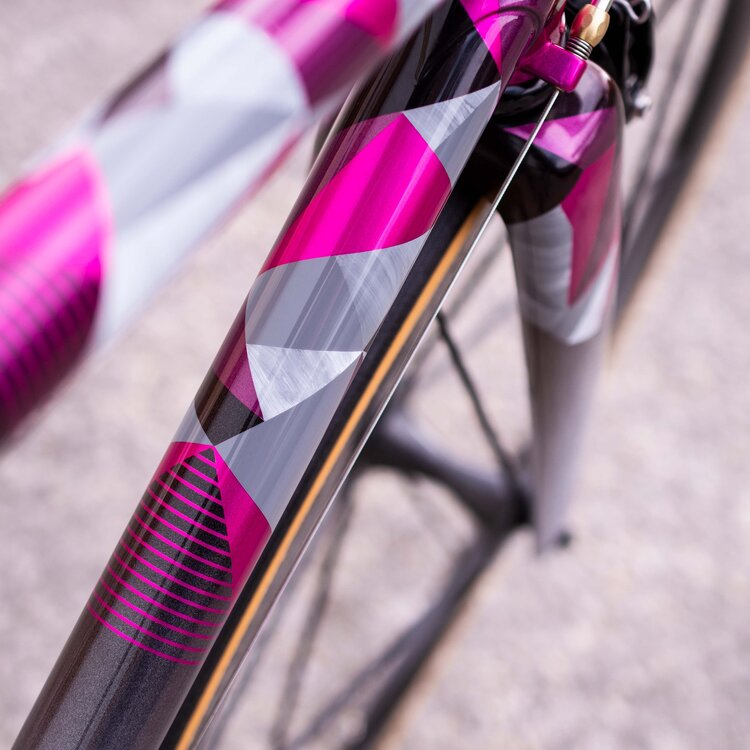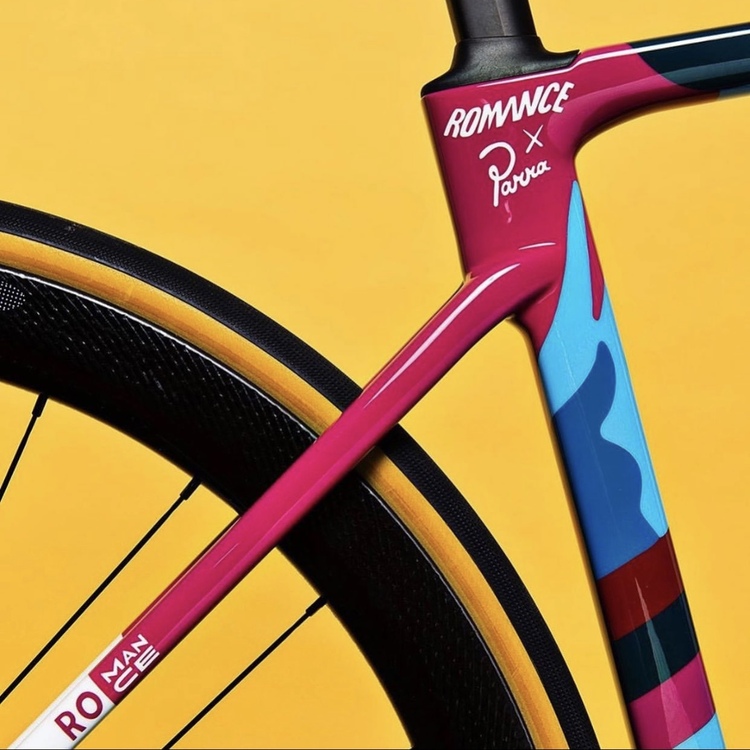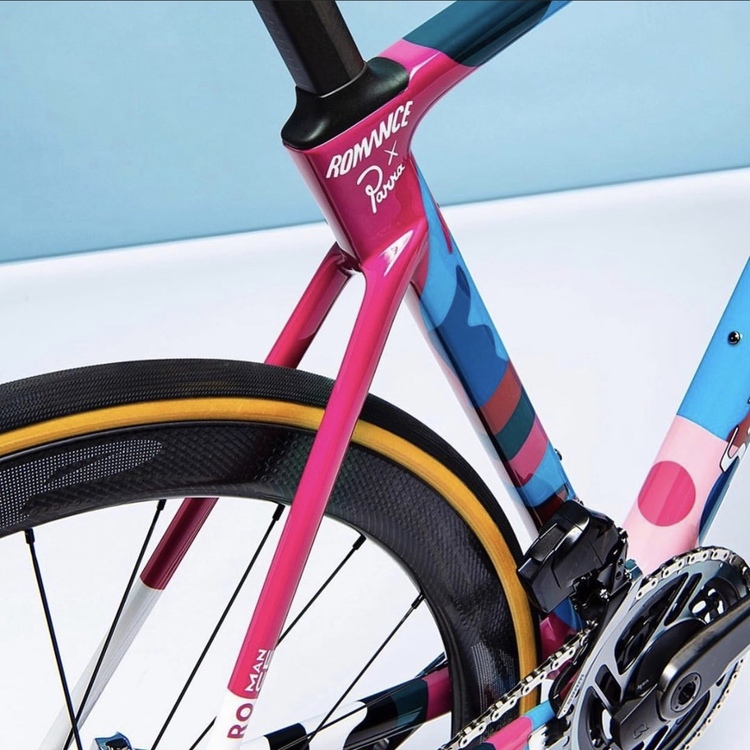Cycling is more than just a mode of transportation; it’s a way of life. For many cyclists, their bicycles are an extension of themselves. Therefore, the aesthetics of a bike can play a crucial role in that connection. Custom bicycle paint designs allow riders to express their personalities. In this article, we will explore different styles, techniques, and inspirations behind custom bicycle paint designs.
The Importance of Personalization in Cycling
Individual Expression Through Colors
Colors evoke emotions and can tell stories. When cyclists choose custom paint designs, they often select colors that resonate with their personality. For example, a vibrant red might reflect passion, while deep blue can signify calmness. Moreover, colors can carry significant meanings as well. For instance, some may choose specific colors to honor loved ones or personal achievements. Hence, color choice becomes an essential element in the customization of bikes.
Representation of Lifestyle and Values
Custom paint designs reflect a cyclist’s lifestyle and values. A mountain biker may choose earthy tones to connect with nature, while a city cyclist might opt for sleek, modern finishes. Moreover, specific graphics can symbolize causes that are dear to a cyclist. For example, a rider could incorporate symbols supporting environmental conservation. Such designs not only enhance visual appeal; they also communicate personal beliefs. Therefore, custom paint is a vehicle for storytelling and connection.

Techniques for Custom Bicycle Paint Designs
Airbrushing: Precision and Detail
Airbrushing is a popular technique used for custom bicycle designs. This method allows for intricate detailing and smooth gradients that are hard to achieve with other methods. The artist uses a spray gun to apply paint in fine layers. Consequently, this enables them to create stunning visuals, from realistic portraits to imaginative landscapes.
Furthermore, airbrushing allows for a vast range of colors and effects. Artists can blend colors seamlessly or create sharp contrasts to make certain elements pop. However, airbrushing requires skill and experience. A poorly executed design can easily spoil a bike’s overall aesthetic. Therefore, cyclists should choose experienced artists for airbrushing their bicycles.
Vinyl Wraps: Versatility and Changeability
Vinyl wraps offer another exciting option for custom bicycle paint designs. One significant advantage of this method is its versatility. Cyclists can easily change or remove the design without damaging the original paint. Moreover, wraps come in various finishes, including matte, gloss, and metallic. Each finish brings a distinct look to the bike.
Additionally, vinyl wraps offer a level of protection against scratches and elements. Riders can maintain their bike’s original appearance for a more extended period. Furthermore, elaborate designs can be printed directly onto vinyl. This expands the design possibilities beyond what traditional paint can achieve. Cyclists can even incorporate photographs or digital art into their wraps.

Inspiration Sources for Custom Designs
Nature-Inspired Designs
Nature often serves as a prime source of inspiration for custom designs. Many cyclists wish to capture the beauty surrounding them. For instance, floral patterns can evoke feelings of tranquility and joy. Nature-inspired designs also allow cyclists to showcase their love for the environment.
Furthermore, landscapes can inspire stunning visual narratives. A mountainous backdrop or serene lake can be turned into a bike’s art. These designs not only celebrate the beauty of nature; they also forge a bond between the cyclist and the environment. Consequently, cycling becomes an even more enriching experience.
Culture and Heritage
Cultural motifs provide another significant source of inspiration for custom painting. Many cyclists wish to pay homage to their heritage or cultural background. Symbols, patterns, and colors that reflect one’s culture can make a bike uniquely personal.
For example, traditional tribal patterns can represent a deep cultural significance. Such designs often tell stories of ancestors, traditions, and even regional pride. This connection to heritage adds layers of meaning to the bike’s aesthetics. Moreover, incorporating elements from various cultures can celebrate diversity. Interestingly, this transform not just the bike, but also the cyclist’s narrative as a whole.

Choosing the Right Artist
Researching Skills and Style
Choosing the right artist is crucial for achieving the desired outcome. Research is the first step in this process. Potential clients should look for artists showcasing portfolios that align with their vision. Checking reviews and testimonials can also provide valuable insights.
Moreover, it’s essential to consider the artist’s experience with bicycle paint. Custom bicycle designs often differ from general artwork. Therefore, finding someone who understands the bicycle’s materials and structure is vital. Experienced artists will also know how to prepare the bike properly for painting. Hence, this diligence in choosing an artist can lead to exceptional results.
Communication of Ideas
Once an artist has been chosen, effective communication is key. It is essential to convey ideas clearly and openly. Cyclists should provide references, color swatches, and descriptions to articulate their vision.
Additionally, listening to the artist’s feedback is equally important. Often, artists can offer suggestions that improve the overall design. They may recommend adjustments that enhance functionality while preserving aesthetics. Therefore, this collaborative process creates a design that’s both beautiful and practical.
The Process of Customizing a Bike
Preparing the Bike
The customization process begins with preparing the bicycle. This step involves cleaning the frame thoroughly to remove dirt and grease. Next, any existing paint needs to be examined for imperfections. These imperfections, if present, must be corrected before applying the new design. Proper preparation is vital to ensure that the paint adheres correctly.
Moreover, removing components such as wheels and handlebars aids in achieving a clean finish. This process allows for full coverage, avoiding paint splatters where they are unwanted. Furthermore, the preparation stage sets the foundation for a successful paint job, ensuring the final outcome meets expectations.
The Application of Paint
After preparation, the artist moves on to painting. This stage can involve various techniques, such as airbrushing or using brushes. Each artist has their preferred methods, but consistency in application is crucial.
Once the design is applied, it requires adequate time to dry and cure. This drying time varies depending on the materials used, so patience is essential. Additionally, multiple layers might be needed for intensity and depth. Each layer contributes to the overall richness of the design.

The Final Touches
Clear Coating for Protection
After the paint application is complete, a clear coat is generally used. This layer adds protection and enhances the paint’s appearance. A clear coat can prevent scratches from general usage and environmental factors. Additionally, it adds shine and depth to the colors, making them appear more vibrant.
Applying the clear coat requires precision and care, as it can affect the final look. Thus, this step is not merely protective; it also serves an aesthetic purpose. The right balance of gloss can elevate the entire design, making it stand out.
Adding External Components
Once the paint has fully cured, the next step involves reassembling the bicycle. This is when external components like wheels, handlebars, and pedals are added back. Care must be taken not to disturb the paint during this process.
Furthermore, cyclists may choose to add custom accessories, like unique grips or decals. These extra elements can complement the paint design and enhance visual appeal. Ultimately, the final product should reflect the rider’s individual style and passion for cycling.

Caring for Your Custom Bike
Maintenance of the Paint Job
Maintaining a custom paint job requires regular attention. Cyclists should clean their bicycles frequently to preserve the design’s integrity. Using mild soap and a soft cloth can effectively remove dirt and debris without damaging the paint.
Additionally, avoiding harsh chemicals is essential. These may deteriorate the clear coat and underlying paint. Cyclists should refrain from pressure washing as well, as it can strip away layers of paint. Gentle care ensures that the custom design remains vibrant and intact.
Protecting from Environmental Factors
External elements can take a toll on bike aesthetics over time. Therefore, protecting the bike from sun and rain is crucial. Parking in shaded areas or using protective coverings can help immensely.
Moreover, storing the bike indoors when not in use is another effective strategy. This practice minimizes exposure to fluctuating temperatures and moisture. Consequently, proper care can extend the life of custom paint designs significantly.
Conclusion
Custom bicycle paint designs are not just cosmetic choices; they reflect the rider’s identity. They enhance the cycling experience and serve as canvases for artistic expression. Whether embracing bold colors or intricate patterns, each bike tells a unique story.
Additionally, the customization process involves collaboration with skilled artists. Effective communication ensures that the final design captures the cyclist’s vision. Maintenance and care are also vital to preserving the design over time. Thus, investing in a custom paint job is an ongoing relationship, one that continues to evolve with the rider’s journey.
Ultimately, custom bicycle paint designs enrich not just the bike’s aesthetics, but the rider’s entire cycling experience, making every ride a unique adventure.


